Red Pitaya + Click Shield = Endless Mikroe Add-On Board Capabilities!
The Red Pitaya range of devices are development platforms that let you create all kinds of impressive software-defined radio systems, test instruments, analyzers, and so much more. To be a bit more specific, they are great for handling extremely fast analog and digital signals due to the incorporation of really well-designed RF in and out ports, as well as the digital I/O interfaces and the use of a Xilinx FPGA. But while the Red Pitaya board is great, its made even better with the Red Pitaya Click Shield, which lets you use MIKROE Click Boards with the Red Pitaya.
Introduction to Red Pitaya STEMlab 125-14 and Red Pitaya Click Shield
What makes the Red Pitaya truly awesome is its high degree of configurability, specifically at the hardware level. Because this board is powered by a special Xilinx FPGA, it allows users to entirely customize the hardware level of this board. So, instead of creating typical software code that gets executed line by line, you can effectively design a logic circuit, flash that to the FPGA, and have extremely complex designs operate in real-time.
This could be anything from a basic hardware multiplier all the way to a full-fledged CPU (oh, the core of this board has two ARM cores as well!). The Click Shield expansion board is awesome because not only does it give you access to MIKROE’s range of over 1600 Click Boards, but it also preserves the logic analyzer features of the Red Pitaya.
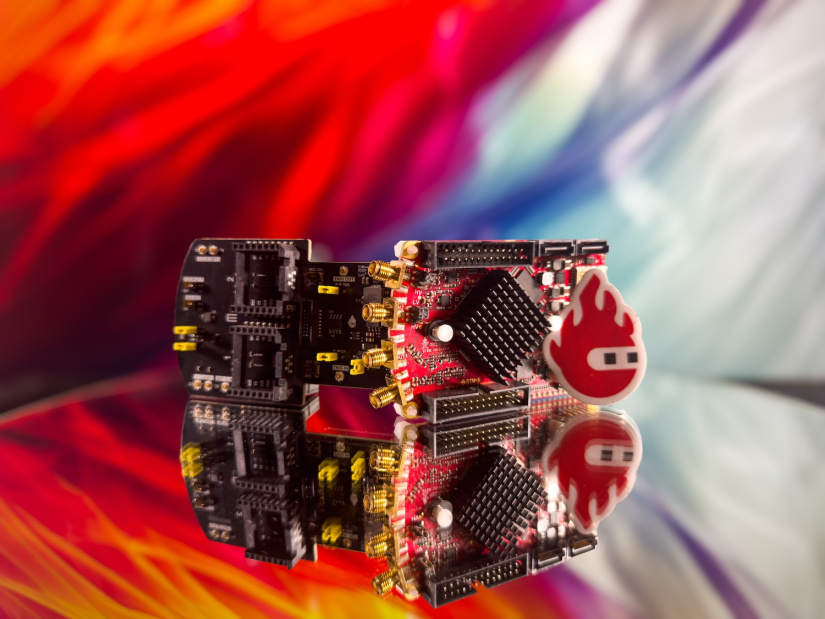
Technical Specifications of Red Pitaya STEMlab
To start, the Red Pitaya integrates a Xilinx Zynq 7010 FPGA with two ARM Cortex A9 MPU cores, 512MB of RAM, and support for an external microSD card up to 32GB. When running the default image that comes with the board, a web interface accessible over the integrated ethernet connector allows for the configuration and uploading of code.
At the front of this board are four RF connectors, two of which are used as inputs and the other two as outputs. The sample rate of each connector is 125Mbps with a resolution of 14-bits, which is stupidly fast, and the support for 16 GPIO connections along with 4 separate analog input channels and 4 analog output channels gives you plenty of I/O opportunities. Additionally, these GPIO also support I2C, UART, and SPI which is massively beneficial for peripheral expansion.
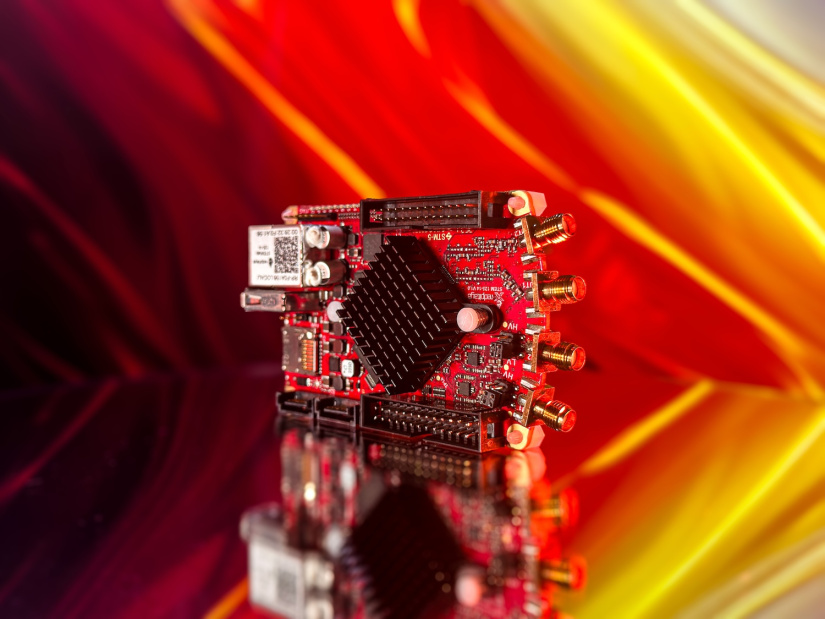
Click Shield Expansion and Synchronization
The Red Pitaya Click Shield provides two MikroBus connectors, while a whole range of switches and jumpers on the Red Pitaya Click Shield provides a high degree of configuration, including interrupt sources, triggers, and voltage selection.
The addition of tiny coax SMD connectors also allows for low-loss connections between different Red Pitaya boards, allowing for further expansion. The use of carefully controlled impedances means that you can spread critical signals, such as clock sources and triggers, across various boards all while ensuring clock synchronization. (Long story short, you can sync up multiple boards and make sure they are all working correctly with each other).
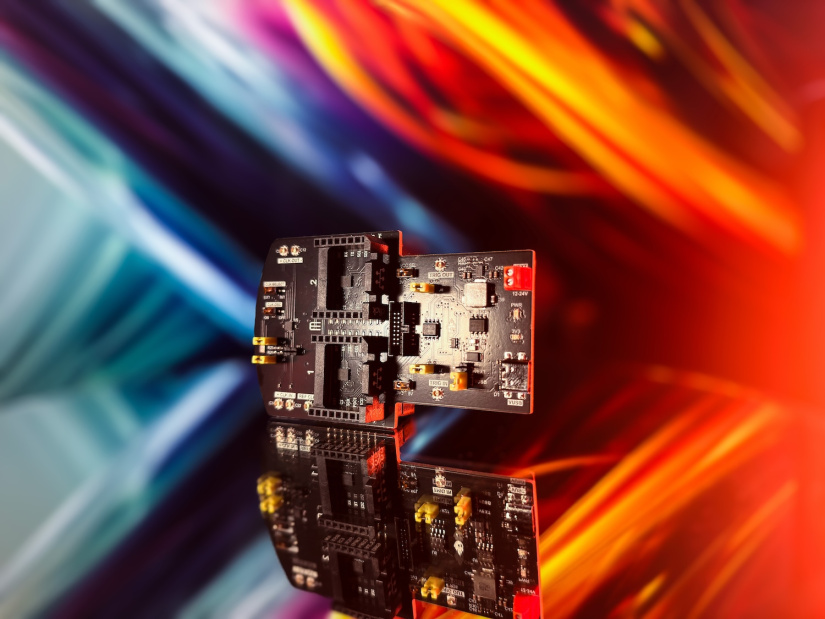
What projects can you do with the Red Pitaya and Click Shield?
Undoubtedly, the Red Pitaya range of devices can be used to create extremely advanced signal processors, so the inclusion of this Click Shield expansion means that you can combine the many thousands of Click Boards with the Red Pitaya.
So, one project idea that personally comes to mind would be a conditional environmental analyzer, which measures critical data from sensors depending on environmental conditions. This could be useful for training AI in smart cities and smart industrial spaces, whereby the Red Pitaya acts as an intelligent data-gathering system.
Another project idea that comes to mind would be an advanced debugging system for embedded hardware. The use of the logic analyzer and scope combined with a power reading Click Board could be used to measure power in real-time, while the logic analyzer could be used to determine what portion of code is consuming the most power.
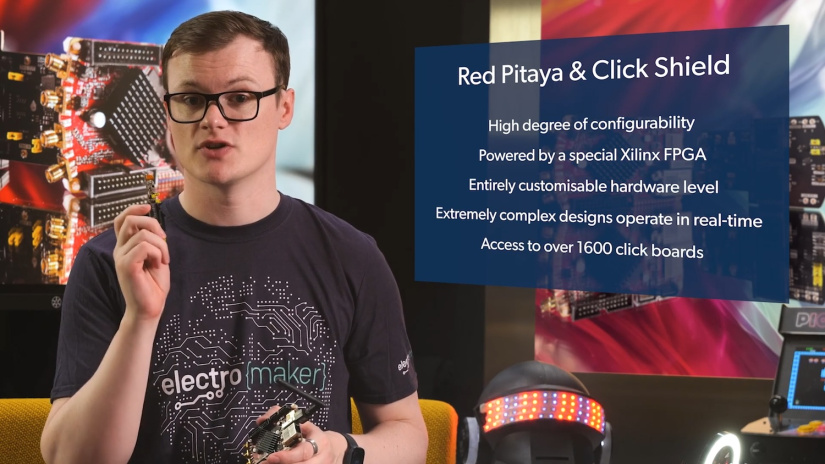
All in all, if you are looking to create extremely sophisticated systems (such as ground-penetrating radar, RF scanners, advanced logic analyzers, and remote debuggers), then the Red Pitaya is for you. The Click Shield's addition will be extremely handy for those needing extra peripherals.
Check out the supplier page on the Electomaker Store for the full range of Red Pitaya products:
Full Range:
https://www.electromaker.io/shop/supplier/red-pitaya
Click Shield:
https://www.electromaker.io/shop/product/red-pitaya-click-shield
































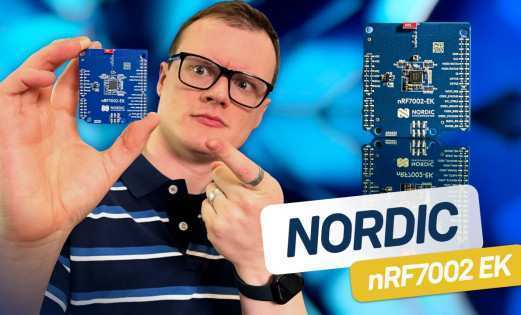













Leave your feedback...